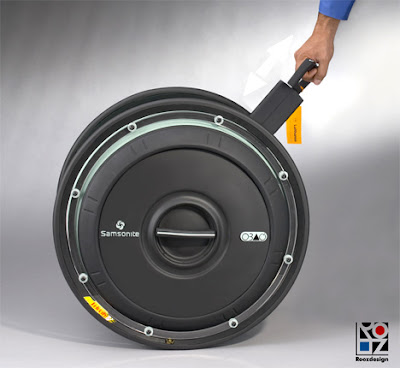UPDATE FOR ANNA UNIVERSITY CHENNAI REVALUATION RESULTS.
Students your revaluation results is out.
CLICK HERE for the page.
All the best
UPDATE FOR ANNA UNIVERSITY COIMBATORE RESULTS
Results for B.E/B.Tech/B.Arch-May/June’2010 Examinations
Click here to view the page
Anna university chennai:
Anna university results for 2nd ,4th and 6th semester is expected to be out this July .
The results can be available between first and second week of July.
We will update the result page once its available.
Have a close watch here
Update from admin:
I have read your comments. I just want you to know that i will be updating the results once its out. You just have a close watch here. I will not be able to send individual email to you.
Subscribe to this post. This will make you to get the email automatically to your inbox through which you can see your results.
ANNA UNIVERSITY RESULTS AVAILABLE
Anna university result is out.click here to view the result.
if the above link is not working CLICK HERE for alternate link
All the best!!!
Update for 2nd sem Results.
Students who are waiting for their Second sem results, you have notification from Anna University and it follow
“The results of I & II semester B.E./B.Tech./B.Arch. Examinations for all non-autonomous affiliated Colleges of Anna University Chennai held in May/June 2010 will be published in the following websites at 3.00 PM on 08-07-2010.
I will be updating the result link here for you once the result is out.
Update:
Result for 1st and 2nd semester is out.
Check your result by clicking here
All the best
UPDATE FOR ANNA UNIVERSITY COIMBATORE RESULTS
Results for B.E/B.Tech/B.Arch-May/June’2010 Examinations
Click here to view the page
UPDATE ( 1 sep 2010) for Anna University Coimbatore Result
Visit here
You might also like:











